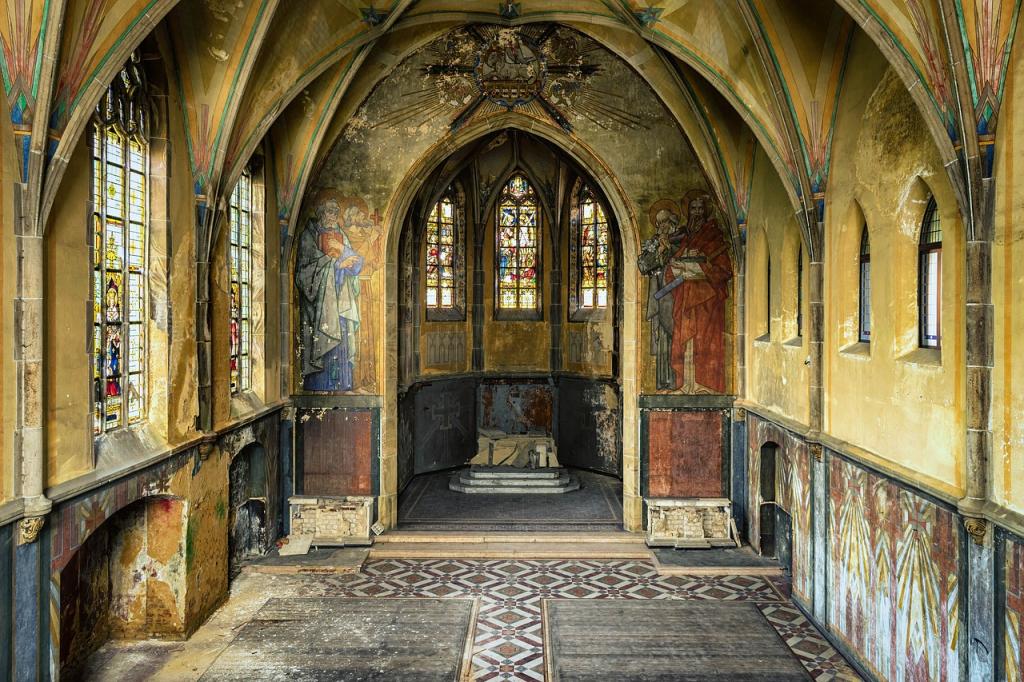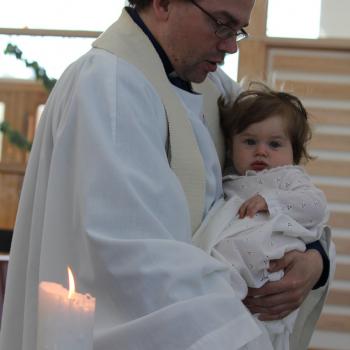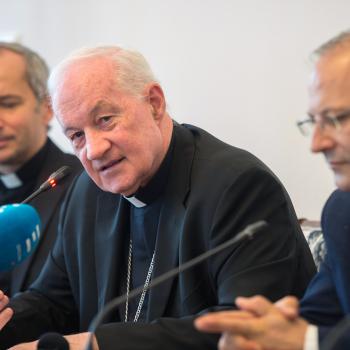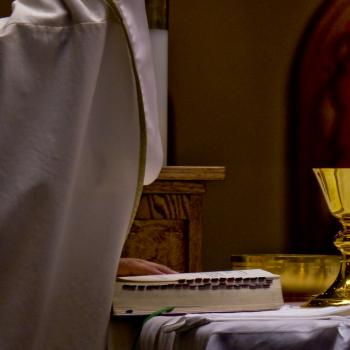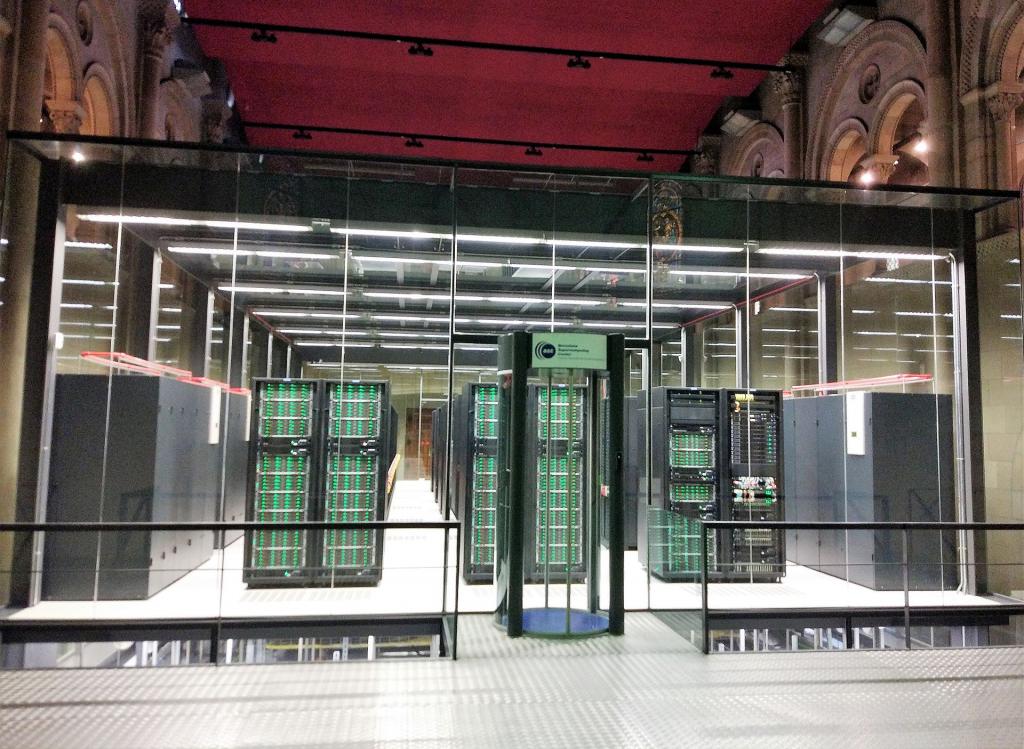
Earlier this month the Vatican announced that it is preparing guidelines on how to properly revitalize or repurpose underutilized and deconsecrated churches. Guidance more and more dioceses around the world need as secularization, declining vocations and economic mismanagement continue to decimate the demand for places of worship. Church authorities in Barcelona, however, appear to have forged ahead on the matter without Vatican assistance, giving their blessing to a new book which proposes that the “communitarian” prevail over the “sacred” in the uses to which the city’s 135 churches are put.
Barcelona. Esglésies i construcción de la ciutat (“Barcelona. Churches and the building of the city”) is the name of the new book published jointly by the City and Archdiocese of Barcelona which contains the controversial proposal. Presenting the volume mid-July, author Alba Arboix lamented the fact that although the vast majority of Barcelona’s churches are the “focal points” of the quarters in which they’re situated, these “exceptional buildings” are used by only a few people for only a few hours a week. So these examples of Barcelona’s rich cultural heritage can continue to be the “nerve centers” of the life of its citizens, argued the architect and university lecturer, “we need to look for other uses for them that can coexist with their religious use, such as holding concerts, awards ceremonies and plays”.
“Minimum cost” and “temporary and interchangeable elements”
“This dualism of use can be achieved with minimum cost and with temporary, removable and interchangeable elements, or simply by removing the pews and setting up a platform“, continued Arboix, calling at the same time for the traditional “taboos” and “vetoes” around the issue to be forgotten. “If it is explained well, everyone wins”, said the architect: both the politicians who stand to gain new spaces for community engagement and the parish priests who would have access to new sources of conservation funding.
In the presentation of her book, Arboix was careful to point out that utilitarian modifications to churches “don’t have to affect the walls of the temple or the line of sight, or impede that religious life continues” as normal. The truth, however, is that the new social uses to which different parishes around Barcelona have been put in the last few years have transformed these sacred spaces almost beyond recognition, such as in the Piedad chapel of the Church of St. Anne, in which the celebration of the Eucharist has given way to the care of homeless people. Not to mention those churches which no longer have anything to do with the sacred, such as the former chapel of the Casa de la Misericòrdia – now a bookshop – or the chapel in the residence of Manuel Girona, which now houses Spain’s most powerful supercomputer.
Only time will tell the extent to which the communitarian will triumph over the sacred in the uses to which Barcelona’s churches are put. The idea, however, that changes are necessary to ensure parishes continue to be focal points in the community is a good one, and the Vatican, and other churches around the world, should take notice.
